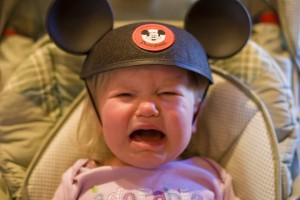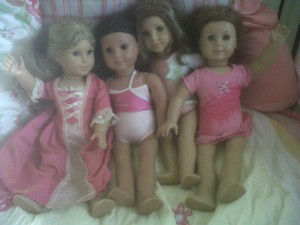 Bath salts. Dragonfly. K2. Fake pot. Spice Gold. Mr. Nice Guy. Ivory Wave. Vanilla Sky. Europa.
Bath salts. Dragonfly. K2. Fake pot. Spice Gold. Mr. Nice Guy. Ivory Wave. Vanilla Sky. Europa.
If there’s one thing we can depend on, it’s the relentless creativity and productivity of the underground illegal drug market. There’s always some deadly new way to get high, usually with a bizarre, seemingly innocuous name. It will instantly be given credibility and PR by countless Youtube videos of teens being wasted and apparently having a fine old time. Sometimes these concoctions can even be whipped up from ingredients found in your average medicine cabinet and spice drawer, or ordered over the Internet.
Kids are curious. They try it out, perhaps when friends promise an exceptional high with “all natural ingredients” or “harmless cold medicines.”
And then they start dying.
Synthetic drugs are not new. This category includes things like methamphetamines and MDMA (commonly known as ecstasy). Unlike drugs like heroin or cocaine, which are illegal to possess in even the tiniest amounts, crystal meth and ecstasy are made from “controlled” substances like ephedrine and pseudoephedrine (found in cold medications), which are legal to possess. And until this past June when a new law was passed, Canada had earned the unwelcome reputation as a haven for these drug producers because much of the key manufacturing paraphernalia was not illegal to own or sell.
Other drugs, like synthetic pot, contain a chemical version of the cannabinoid that causes the high associated with marijuana. This synthetic alternative to THC (tetrahyrdocannibinol) was originally manufactured to treat multiple sclerosis and chemotherapy patients. Though banned in Canada and some U.S. states, it is often sold openly as incense or “spice” and can be ordered online. It tends to be sold in 3 gram packets in various flavours.
Smoking synthetic marijuana can have such side effects as deep depression, hallucinations, feelings of impending death, and severe panic attacks. And since “fake pot” can actually be 3 to 5 times stronger than real marijuana, kids can get in trouble judging how much of the drug to consume. Smoking the drug has particularly destructive effects on the lungs (one boy who died smoked it out of a plastic Pez candy dispenser). It has been linked to several deaths in the U.S.
“Bath salts” is the name of another synthetic drug. It contains various potent chemicals, including mephedrone, which is a stimulant. Like fake pot, it is often sold openly as another kind of product (typically as plant food) and is often labelled “not for human consumption.” Side effects include increased heart rate and blood pressure, not sleeping, not eating and eventually becoming paranoid.
Dragonfly (or Bromo-Dragonfly) is an extremely potent and long-acting psychedelic hallucinogen. A dose of a few milligrams can be life-threatening. It’s usually sold on blotter paper, though tablets, capsules or powder forms are sometimes distributed as well. Although the effects of the drug can last up to 36 hours, the experience of the high can go from lucid to extreme psychedelic intoxication and back again, leading some users to mistakenly take more and risk overdose. There have been deaths reported by users mixing Dragonfly with pot or ketamines, and it is sometimes confused with the less deadly street drug called 2C-E, leading to tragic results in at least one case recently publicized on the Dr. Oz show.
Bromo-Dragonfly has not yet been regulated by the Drug Enforcement Agency in the U.S. and can be ordered online. It has sent several teens to the emergency room so far this year.
So what practical advice can we offer to parents? Aside from knowing your kid and his or her habits, keep an eye out for sudden changes in friends, in behavior, school performance or physical appearance. Any unusual packages arriving by post, especially with customs declarations, should be promptly investigated.
Have regular discussions with your teen about the drugs that are out there, and he surprising ways they can be dangerous. It might not occur to a 14 or 15-year-old that they can have a stroke or heart attack that can leave them severely disabled or dead.
Parents should also educate their kids about what to do if they find a friend having seizures, vomiting or passed out. Too often, the life-saving measures that could potentially save a kid’s life are put off for precious minutes or hours simply because their peers are afraid of getting in trouble.
It’s the kind of advice we hope they never have to act upon, the kind of thing we don’t often realize we have to teach. But it can be the difference between a brush with the law and a funeral packed with high school students.



